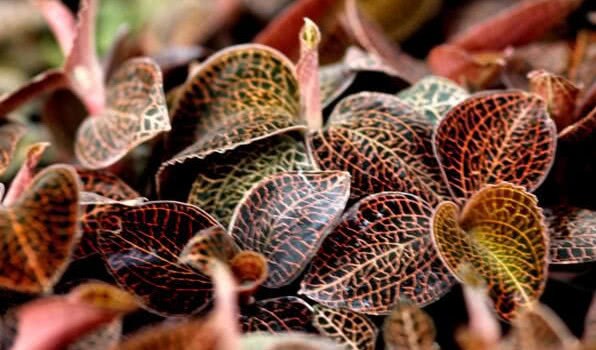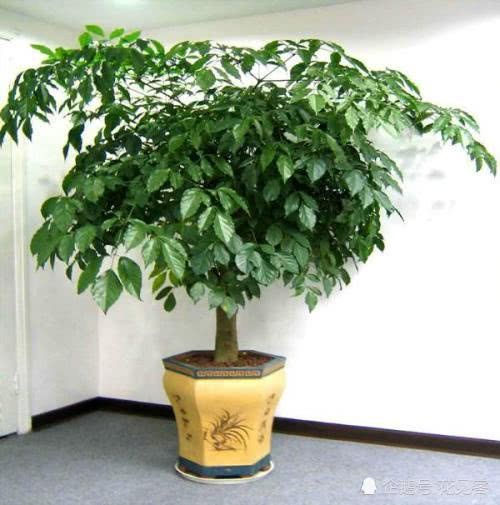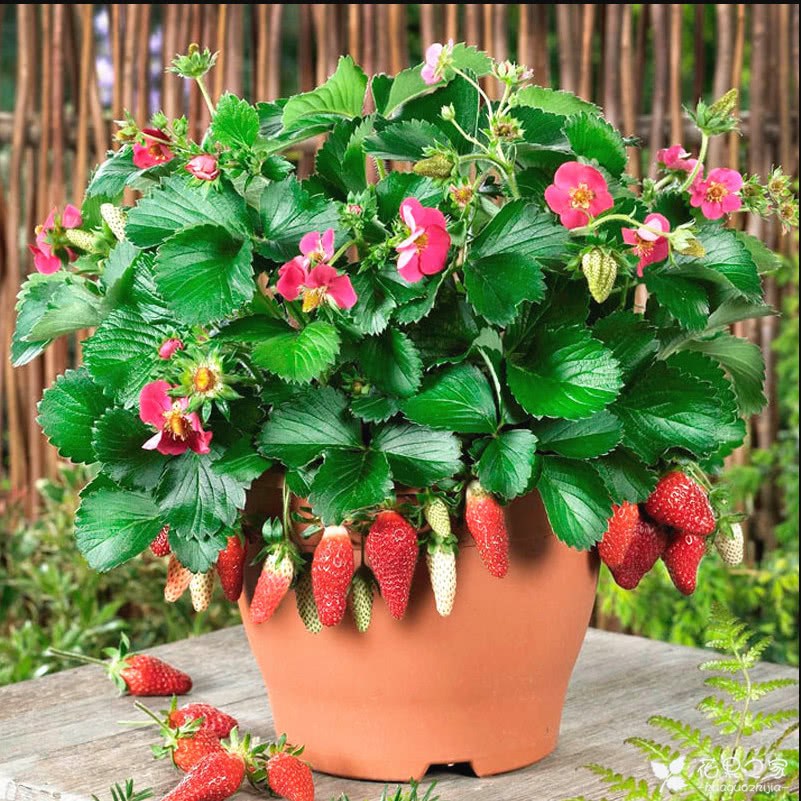Imitating wild cultivation model under Clematis roxburghii forest

To put it simply, according to the growth and development habits of medicinal plants and their requirements on the ecological environment, based on woodland resources, and making use of the appropriate shading effect of branches and leaves of forest trees, the cultivation mode of imitation wild cultivation under the forest is formed, which is beneficial to the growth environment of medicinal plants. Different forms of wild imitation cultivation under the forest can be divided into two main forms, namely, under-forest planting and under-forest three-dimensional cultivation. Next, the editor will briefly talk about the wild cultivation model under the Clematis forest.
1 planting under the forest
The main results are as follows: (1) Clematis is mainly distributed in the gully edge, stone wall and loose wet zone of evergreen broad-leaved forest. Forest land, sparse woodland or shrub land with superior conditions of shade and humidity, cool, weak light and water humidity should be selected for imitating wild cultivation under the forest. The slope of planting land should be less than 20 °, and the east slope and northeast slope are the best.
(2) remove old branches, diseased branches, weak branches, mechanically damaged branches, weeds, miscellaneous irrigation and other sundries in the stand before planting, and lay a layer of sunshade net between the trees, so that the degree of shading can reach 70% ~ 80%.
(3) the selected site is leveled, ditched for border, the width of the border is about 120 cm, the height is 15 ~ 20 cm, a good ditch is opened, and the planting land is equipped with corresponding protective facilities against bird and rodent damage.
(4) the culture medium was mixed with rotten cow manure or sheep manure on the border surface, the thickness of the substrate was about 10 cm, and the planting density was (3 ~ 5) × (3 ~ 5) cm.
(6) choose interseedling and supplementary seedling in cloudy day, keep good and get inferior in interseedling, replant in time when lack of seedling, and watering in time after seedling replenishment.
(7) Amino acid liquid fertilizer or blue fungus king was sprayed every 15 ~ 20 days after transplanting.
(8) High temperature weather spray for cooling and humidification, rainy season to clean drains to prevent stagnant water.
(9) the weeds that are easy to grow in the planting bed under the golden orchid forest should be removed in time, and the dead branches and leaves on the sunshade net should be cleaned regularly.
(10) after planting, it is necessary to send special personnel to take care of it, or install monitoring equipment and alarm system to avoid theft.
2 three-dimensional cultivation under the forest
The main results are as follows: (1) three-dimensional cultivation under the forest refers to the optimal combination of plants with different physiological characteristics in the same woodland according to different spaces, which improves the utilization rate of natural resources such as land and light energy.
(2) in general, evergreen broad-leaved forest, coniferous and broad-leaved mixed forest or Phyllostachys pubescens forest are selected for frame cultivation under the forest, and a layer of sunshade net is laid between the trees to make the shading degree reach 70% to 80%. At the same time, it is necessary to build a shelf of 50-70 cm with Phyllostachys pubescens, and put the transplanted pots or planting baskets on the shelf.
(3) the hanging cultivation under the forest generally chooses evergreen broad-leaved forest or coniferous and broad-leaved mixed forest, hang the nylon net bag on the tree and put the transplanted pot or planting basket in the net pocket.
(4) the cultivation substrate, transplanting method, fertilizer and water management, pest control and so on of three-dimensional cultivation under forest are similar to those of planting under forest, and the ventilation and drainage are better.
(5) hanging cultivation under the forest can better prevent the harm of birds and animals.
- Prev

When changing the pot soil for large-scale green plants, join this thing to grow madly, not rigid, not rotten roots.
In recent years, raising green flowers has become a fashion, which can not only decorate the home and beautify the environment, but also purify the air, while some flower friends will raise some relatively large green plants, such as happiness trees, sunflower trees, rich trees and so on. Raise plants.
- Next

How often are strawberries watered? Watering methods of potted strawberries in four seasons
We all have this question when growing potted strawberries: how often and how much water do potted strawberries water? Because do not understand the growth habits of potted strawberries, it often leads to death due to too much or too little watering.
Related
- Wuhan Hospital Iron Tree Blooming Result Was Instantly Frightened by the Gardener Master
- Which variety of camellia is the most fragrant and best? Which one do you like best?
- What is the small blue coat, the breeding methods and matters needing attention of the succulent plant
- Dormancy time and maintenance management of succulent plants during dormancy
- Minas succulent how to raise, Minas succulent plant pictures
- What are the varieties of winter succulent plants
- How to raise succulent plants in twelve rolls? let's take a look at some experience of breeding twelve rolls.
- Attention should be paid to water control for succulent plants during dormant period (winter and summer)
- Watering experience of twelve rolls of succulent plants
- Techniques for fertilizing succulent plants. An article will let you know how to fertilize succulent plants.

